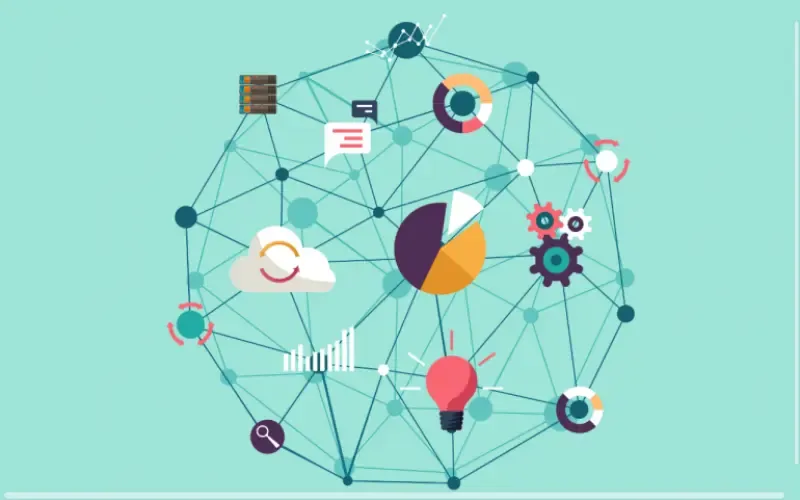Here's how it typically works:
Data Collection: Software collects various types of data from users, including demographic information, browsing history, purchase behavior, interaction patterns, and preferences. This data can come from sources like website visits, mobile app usage, social media interactions, surveys, and more.
Data Processing and Analysis: Once collected, the data undergoes processing and analysis using various analytical techniques. This may include descriptive analytics to understand what has happened, diagnostic analytics to determine why it happened, predictive analytics to forecast future trends or behaviors, and prescriptive analytics to suggest actions to optimize outcomes.
Segmentation: Based on the analyzed data, users are segmented into different groups or clusters with similar characteristics, behaviors, or preferences. This segmentation helps in understanding the diverse needs of users and tailoring experiences accordingly.
Personalization Algorithms: Personalization algorithms utilize the segmented data to deliver tailored experiences to individual users. These algorithms can range from simple rules-based systems to more advanced machine learning models that continuously learn and adapt based on user interactions and feedback.
Content Recommendations: One of the most common applications of data analytics in delivering personalized experiences is content recommendations. By analyzing user preferences and behaviors, software can recommend relevant products, services, articles, videos, or other content that are likely to be of interest to individual users.
Dynamic User Interfaces: Data analytics can also inform the design of dynamic user interfaces that adapt in real-time based on user interactions and preferences. This may include personalized layouts, menus, navigation paths, and calls-to-action tailored to each user's needs and preferences.
A/B Testing and Optimization: Data analytics is used to conduct A/B tests and optimization experiments to evaluate the effectiveness of different personalized experiences and iterate on them to improve performance continuously.
Overall, data analytics enables software to understand user needs, preferences, and behaviors at a granular level, allowing for the delivery of highly personalized experiences that enhance user satisfaction and engagement.


Comments